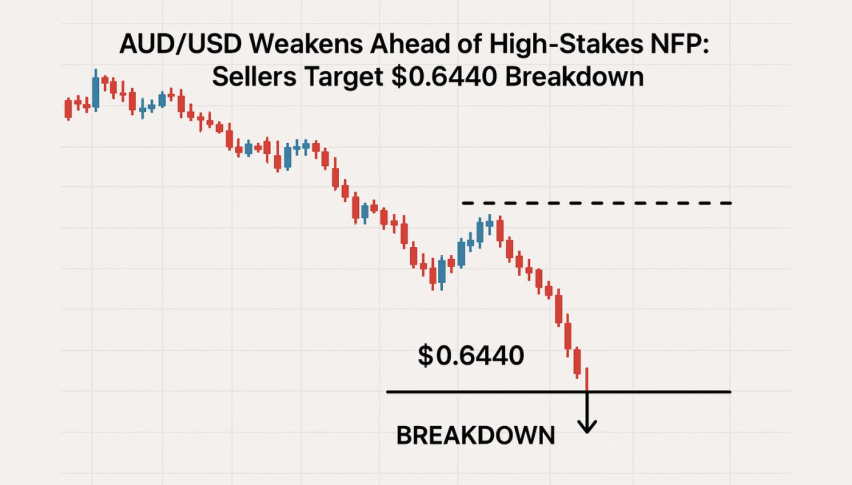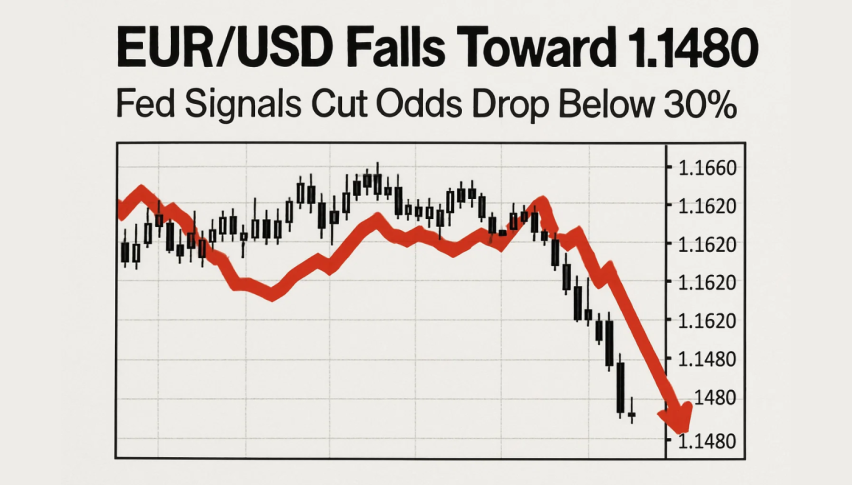Asian Currencies Hold Steady as Markets Wait on Fed Clarity
Asian currencies barely moved Friday as traders tried to make sense of mixed U.S. jobs data that did nothing to clear up

Quick overview
- Asian currencies remained stable as traders analyzed mixed U.S. jobs data, leaving the dollar unchanged.
- Japan's economic data revealed inflation at 3%, exceeding the Bank of Japan's target, raising questions about potential policy tightening.
- The U.S. jobs report showed stronger payroll growth but an increase in unemployment, complicating expectations for a December rate cut.
- Overall, currency markets are in a holding pattern, awaiting clearer signals from both the Fed and the Bank of Japan.
Asian currencies barely moved Friday as traders tried to make sense of mixed U.S. jobs data that did nothing to clear up what the Fed might do in December. The dollar stayed flat too, with both sides waiting for better clues.
Japan had everyone’s attention Friday. Japan released a pile of numbers Friday. Inflation, factory data, trade stats, all at once. People spent hours going through everything, wondering what it means for the Bank of Japan’s next move.
Dollar index futures? Down 0.1% when Friday opened. Asian currencies? Pretty much the same story. The Chinese yuan dipped slightly onshore, stayed quiet offshore. South Korea’s won dropped 0.3%. Singapore’s dollar went nowhere. India’s rupee edged down a touch while the Aussie dollar gained a bit.
Thursday’s U.S. jobs report just muddied the waters. Payrolls added 119,000 jobs, better than what analysts were expecting. But then unemployment went up to 4.4%. And wages? Barely moved. Hourly earnings increased, but just barely.
So what does that tell you about a December rate cut? Not much, apparently. MUFG analysts noted the stronger payrolls number backs up Fed Chair Powell’s recent hawkish comments that a December cut isn’t a done deal. The problem is the other parts of the report point different directions.
Japan’s data gave markets more to chew on. October inflation came in at 3%, way over the BOJ’s 2% goal. There’s also a core measure that takes out food and energy costs, and that one strengthened too. Why does that matter? Because it shows price pressures aren’t just surface level.
That keeps the heat on the Bank of Japan to consider tightening policy. But they’ve been clear they want to see wage growth pick up first and domestic demand stabilize before they make any real moves. Inflation alone isn’t enough to force their hand.
The trade balance showed a smaller October deficit than expected. Exports ticked up slightly from last year. Imports rose a little. The economy’s not booming, but it’s not collapsing either.
Manufacturing stayed in contraction territory. November’s PMI reading improved versus October but stayed under 50. Factories have been stuck like this for months.
The yen fell 0.2% Friday after jumping to its highest level in 10 months the day before. Finance Minister Satsuki Katayama made the usual noises about intervening if currency moves get too wild. It’s what Japanese officials always say when they want traders to know someone’s paying attention.
Where does all this leave things? Currency markets are stuck in neutral waiting for clearer signals. The Fed isn’t giving anyone confidence about December. Japan’s data is mixed enough that the BOJ can justify sitting tight. Until something breaks one way or the other, expect more of this sideways drift.
- Check out our free forex signals
- Follow the top economic events on FX Leaders economic calendar
- Trade better, discover more Forex Trading Strategies
- Open a FREE Trading Account


